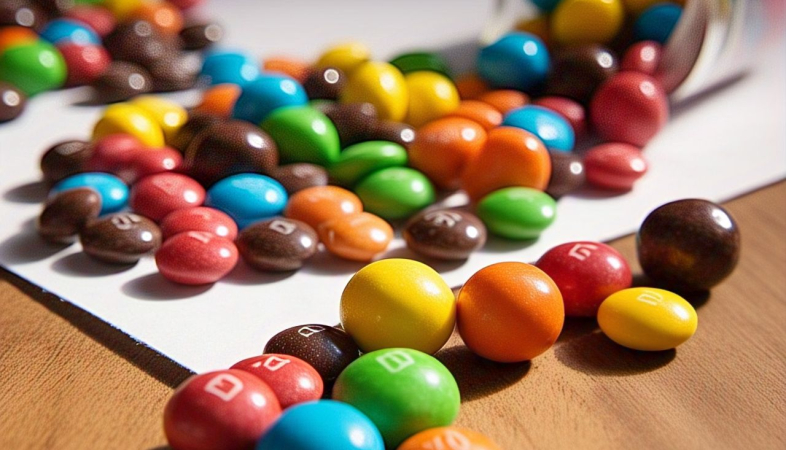The Rise of Artisanal Candy Makers: Why Handmade is Making a Comeback
Handmade confections not only satisfy sweet cravings but also offer a connection to tradition, creativity, and ethical consumption.
In an era dominated by mass production and automation,
artisanal candy makers are experiencing a resurgence, bringing back the charm
of handmade confections. Consumers are increasingly drawn to high-quality,
small-batch sweets that offer unique flavors, premium ingredients, and a
nostalgic touch of craftsmanship. This shift in preference is driven by a
growing demand for authenticity, sustainability, and an appreciation for the
artistry behind traditional confectionery.
Handmade candy stands out for its superior ingredients and meticulous production methods. Artisanal makers often use organic, locally sourced, and natural ingredients, avoiding artificial flavors, preservatives, and excessive processing. This commitment to quality enhances the depth of flavor, making each bite a gourmet experience.
Customization and innovation are also fueling the popularity of artisanal confections. Unlike mass-produced candies, which cater to the broadest market, small-batch makers experiment with bold flavor combinations, exotic ingredients, and visually stunning designs. From floral-infused chocolates to hand-pulled taffy with intricate swirls, these creations appeal to modern consumers seeking unique treats that cannot be found in conventional stores.
The rise of artisanal candy is also closely tied to the growing interest in sustainable and ethical food production. Many independent confectioners prioritize eco-friendly packaging, fair-trade ingredients, and reduced waste, aligning with consumer values that emphasize environmental responsibility. Shoppers are increasingly willing to support brands that focus on ethical sourcing and transparent production methods.
Additionally, there is a strong emotional appeal to handcrafted sweets. Many consumers associate handmade candies with childhood memories, festive celebrations, and family traditions. Artisanal brands often highlight these sentimental connections in their marketing, reinforcing the idea that their products are not just treats but experiences.
Social media has further amplified the reach of artisanal candy makers. Eye-catching designs, behind-the-scenes videos of confectioners at work, and limited-edition releases create excitement and exclusivity around these products. Direct-to-consumer sales through online platforms have also allowed small-batch confectioners to build loyal followings without relying solely on physical retail spaces.
As consumer preferences continue to shift toward quality, sustainability, and authenticity, the artisanal candy movement is poised for long-term success. Handmade confections not only satisfy sweet cravings but also offer a connection to tradition, creativity, and ethical consumption. In a world of mass production, the return to handcrafted indulgence is a welcome trend, proving that sometimes, the best things are still made by hand.
.png)




























